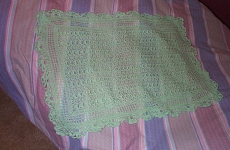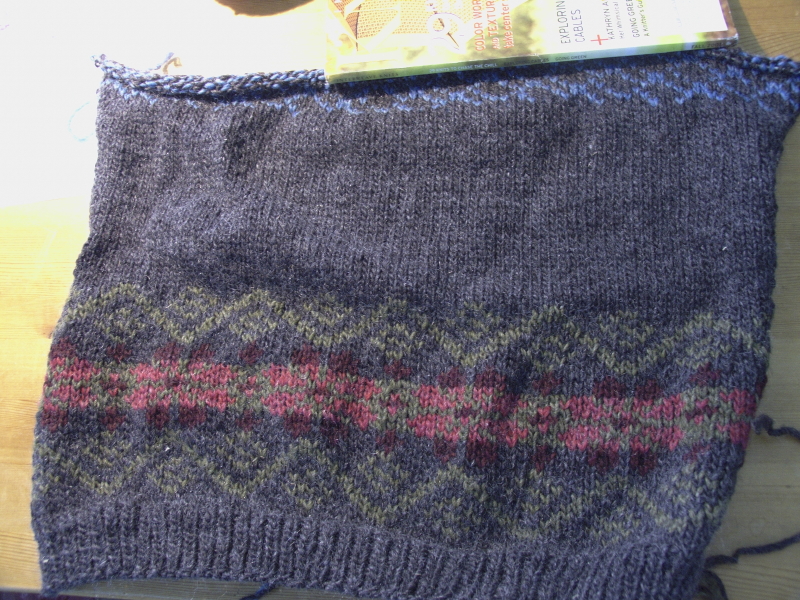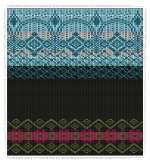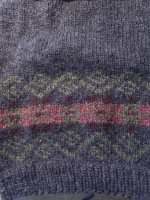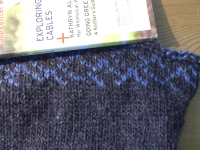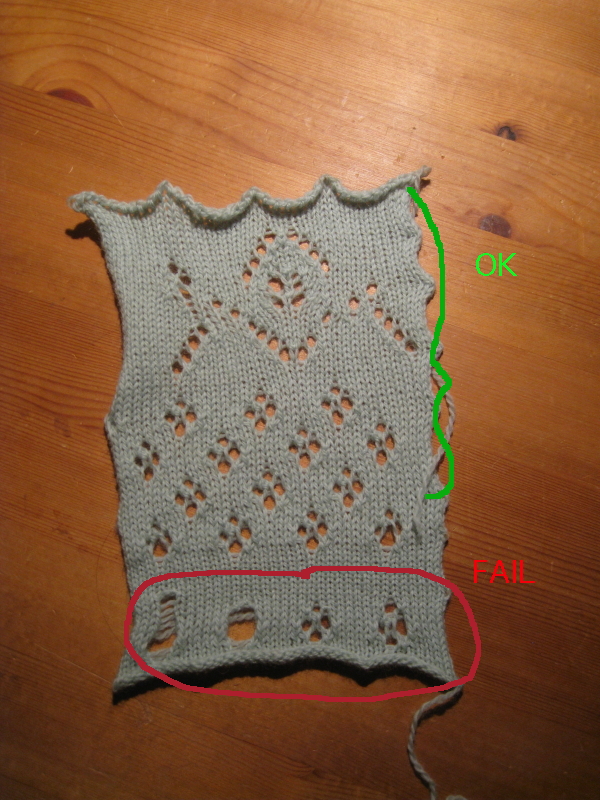Every now and again, I fall down the rabbit hole and find myself
exploring “to do” software again. This dates back to when I first
had an Apple Newton and worked with basic list applications (oooh, the
thrill of having a “done” item disappear from view! so much more
satisfying than a simple strikeout on a piece of paper).
Some of the traditional “To Do” support programs aim to give you
guidance on what you should be doing next — calculated by priorities
and due dates, and whatever else. Llamagraphi’cs LifeBalance
(which I did try even as long ago as on those Newton platforms)
aims to provide you with the insight of what you should be doing in
order to meet your stated goals of balance between different aspects of
your life.
For myself, I find that I don’t want software that will tell me what to
do next. Instead, I just want to capture the salient features of
the things I need to keep track of, and then have software that is
flexible enough to give me different views on that — what is due now,
what did I say I wanted to revisit now, what is the collection of
things I’m supposed to look at or do over the work week, the whole
week, the next 4 weeks, or the next 4 months (in
aggregate). Then, I’ll use those perspectives to lay
out my gameplan for the day, week, etc.
Or — I would like a tool that collects and manages the data about the
items to be done, is flexible in presenting the collected information,
and supports (not supplants) my own planning
process. A tool that organizes my “To Do” data, and I’ll take
care of organizing myself.
My current “To Do” management tool is an Excel spreadsheet. Over
the
years, I have refined my techniques so that I don’t bother with things
like “priority” (which varies by context and is largely equated to
guilt) and the types of things I track have evolved to look
suspiciously like those for David
Allen’s “Getting Things Done” (GTD).
So, I looked at the various software applications available that tout
GTD
capabilities, and compare their functionality to my Excel spreadsheets.
The big difference seems to be — the GTD software tools are much
better at supporting groupings of activities (e.g., projects, areas,
contexts) than Excel. However, they mostly have a few pre-set
ways to look at the collected tasks — much less flexibility than you
can achieve in a more general purpose tool (like Excel). I
wouldn’t dare suggest which is better than the other — it’s all a
question of tradeoffs and priorities.
Tools like Cultured Code’s
“Things”, and Omni’s
“OmniFocus” seem to focus on facilitating the process of capturing
activities (e.g., drag and drop from e-mail) and organizing them into
projects. Then you can look at all the things that are to be done
“as soon as possible” in a given project or context. But, as many
of us live in a world where everything has to be done “as soon as
possible”, the fine art of personal planning seems to be in building
nuance into how one handles “possible.”
Ideally, I’d like have the ability to map out the next weeks or
weekends based on what focus I intend to give them. For
example, there’s no point in expecting I’ll get a lot of
creative thinking done if I’m out of the office and on the road for 2
weeks. It’s not okay to just say “I’ll get to those when
I’m back in my office context”, because deadlines will have
passed: I need to prioritize which bits of creative thinking are
going to have to be tackled in the bleary eyed state of jet lag, even
as I am pushing off certain other thinking/writing
activities. On the personal side, I can set any number of
goals or targets for getting machine knitted projects done, but there’s
not a lot of point in doing that without looking at the number of
weekends I’m going to be in the same building as the knitting machines
between now and the end of the year. Or, when I have a weekend at
home, will I swap in the knitting machine project or focus on all
the household chores that have backed up over weeks away? (It
should be clear which I would prefer 😉 ).
Of the tools I looked at today, “Thinking
Rock” seems to be the most promising, from my perspective.
It’s a little less glitzy than some, as it is a cross-platform
Java-based application. On the other hand — it is cross
platform, and knows how to save out an individual data
file! The big thing it seems to have going for it is that
it includes a number of “report” perspectives — all open actions, all
actions for a project, all deferred actions, etc. I haven’t quite
figured out how I would include the perspective of the kind of “focus”
times (or distracting events) as described above — but I would
really like to let go of this hacked up Excel spreadsheet
approach. There doesn’t seem to be a lot of glory to be claimed
from having figured out how to make Excel produce GANTTs.

